JUST WHO IS LISTENING IN ?
Always be aware of what information your child stores on their mobile. Never let them keep personal or banking details on their handsets.
Phone hacking is far too easy,. but It's not just the Hacker's who are able to listen in or access your data, watch the video to know more.
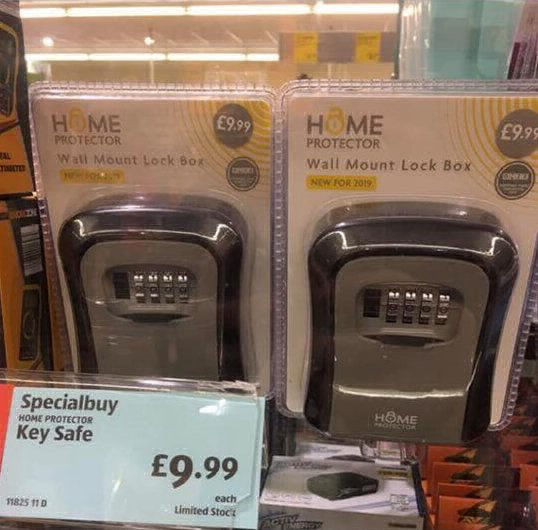
There is nothing more frustrating to Ambulance personnel than to hear the words 'Behind Closed Doors'. To arrive at a scene and know there is a patient inside that needs urgent assistance only with no way in.
Unlike the Police and Fire Brigade, Ambuance staff do not have the legal powers to enter using force, precious time is often wasted in tracking down keyholders or calling for Police assistance, sometimes resulting in loss of life!
If you have a elderly or infirm relative who lives alone, fit a secure key safe outside, then even if they can not get to the door they can verbally inform ambulance staff, doctors, nurses or visiting professionals the code number so they can access a key.
Care companies will charge a small fortune to provide and fit one of these, even though you can buy them like the shown example from Aldi for under ten pounds. They are easy to fit if you have a drill.
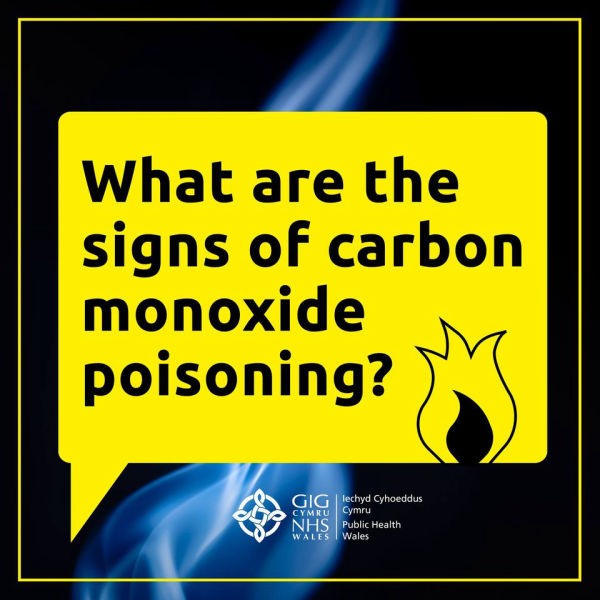
Invisible, Odourless, Tasteless.
A KILLER!
So how do we know when it is there?
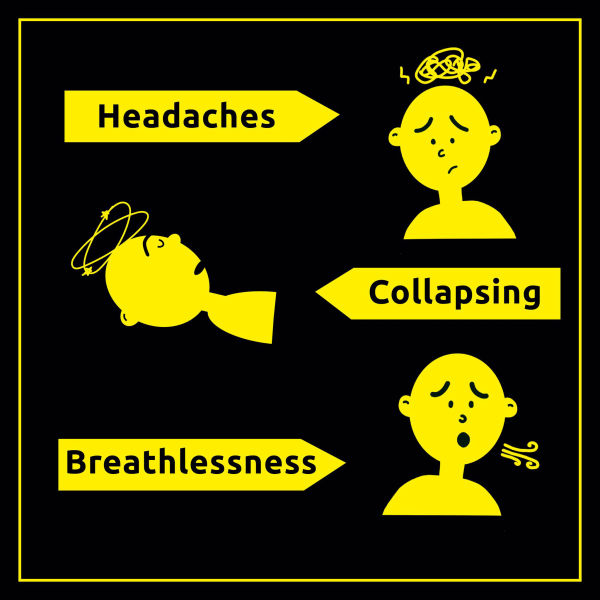
The effects can creep up on you without you even realising. So it is important to know it's effects in the hope you spot it soon enough!
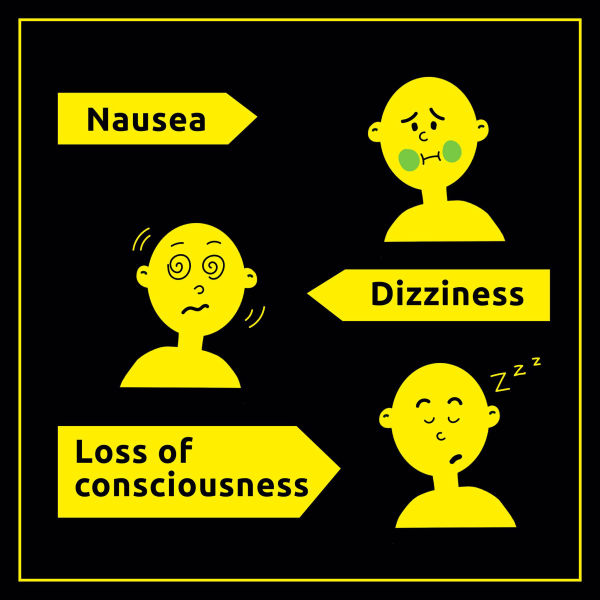
Prevention is the only sure way to make sure it does not happen to you. Regular maintenance on boilers, gas ovens and heaters, and fitting a recognised and authorised CO2 detector.
There are many hidden dangers around the home, many that we even know about but choose to ignore !
"Its never happened to us before !"
"My Parents did it for years and nothing happened !"
"I'll get around to sorting it one day !"
Often heard remarks, but remarks showing an attitude that can kill !
DONT HAVE ATTITUDE WHEN IT COMES TO FAMILY SAFETY !
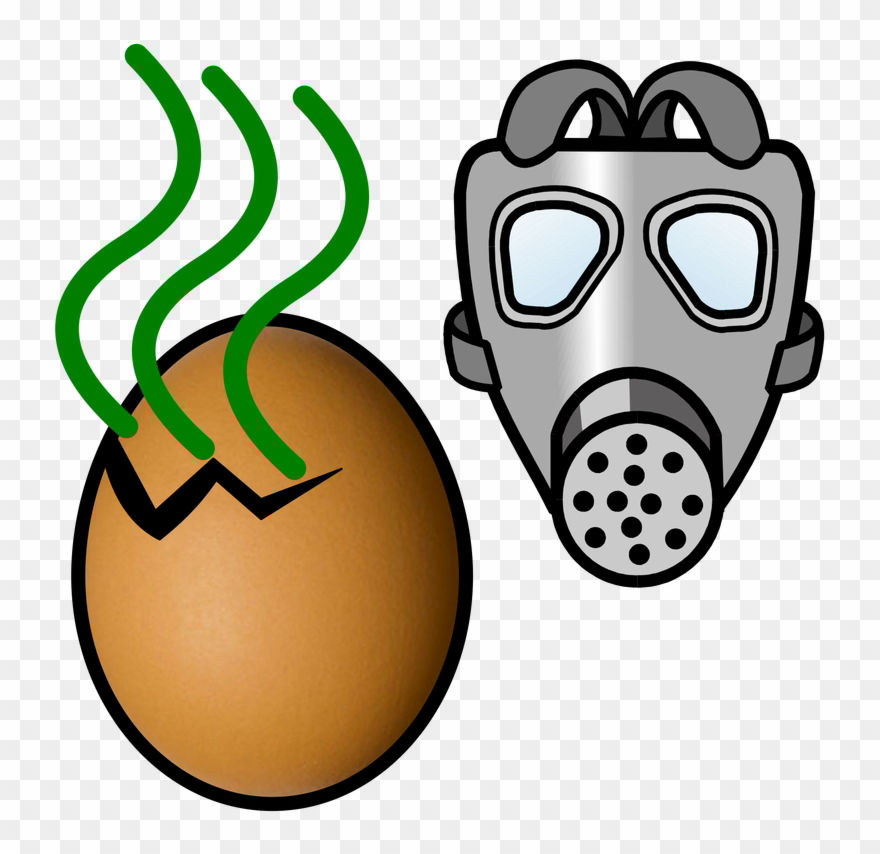
The smell of rotten eggs in your home can idicate a gas leak.
Get a qualified CORGI technician to check it out !
BUT OLD HABITS CAN CAUSE US TO DIE!
We learn most of our life skills through observation of others, some are shown how to do things by parents, others just watch our elders do them and take the skills on as our own.
As new technology, products and materials evolves we have to change the ways we use them, what was once thought of as safe may no longer be safe, and we have to adapt.
Our parent's and grandparent's came from an era of more basic technology, from a time when things were more mechanical not electrical, in houses that were designed for the times and not for the modern power hungry appliances and technology of today.
"I've always done it that way!" and "Its always worked for me!"
Are two excuses that can lead to disaster!
But this older generation still exist and live independently, and coming from a less 'Disposable' world still hold on to devices and appliances they grew up and are familiar with. Old radio and television sets, electric blankets, portable heaters, extension leads and multiple adapter plugs, items not hoarded but kept in case they need ever them, some even still using these appliances today. We protect them we need to be observant, to go through their items with them making sure they remain safe to use and if not replace them.
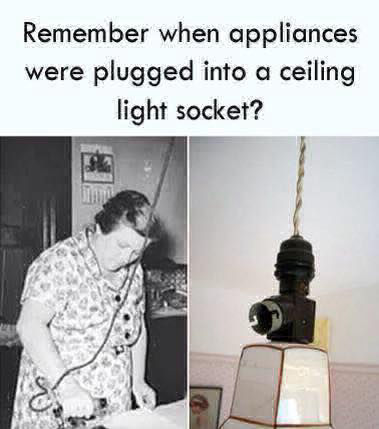
When a lot of our houses were built electricity was still in its early days, many still has gas lighting. In the 40's and 50's there was less demand for electrical outlets, a typical living room may of only had a lamp, perhaps a radio or if lucky a television. A kitchen would of not had the electrical devices we use today, fridges if they had one were sometimes run by gas, freezers did not exist, and the washing was done by hand. It was not uncommon for rooms to have only one power outlet, and devices would be swapped around when needed.
As the supply of electrical devices grew so did the need for power outlets, but the cost of professionally fitting additional sockets prevented this, so other ways were used to enable multiple items to be used at the same time.
It was not uncommon to use the rooms light fitting using an adapter (as shown) to power all kinds of devices, I remember my grandmother using not just one but sometimes two or three connected to each other, one running her washing machine, her radio, electric kettle, grandad's electric razor and of course the light bulb.
Back then nobody knew how dangerous that was, or understood how overloaded the lighting loom was, nor how close to a fire they were living. But if they were alive today I can just see them still using these as it was what they were used to. And if I challenged its use would of been told "We've always done it that way!".
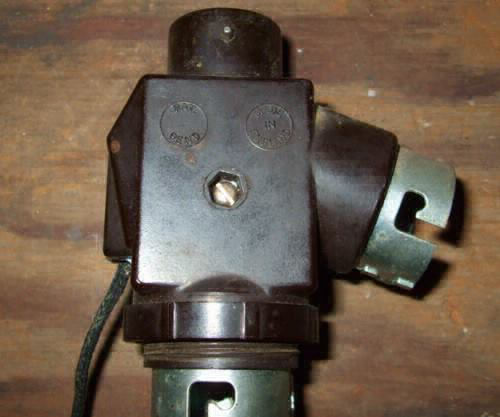
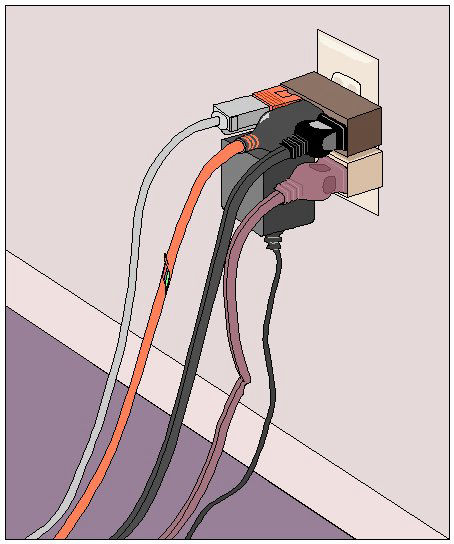
It would be so easy for us to laugh at them after all they didn't know any better, but the truth is we are just as guilty. Even though modern housing has far more power outlets than the past, it is still not enough to enable all our devices to be used at once. A typical modern household can now need up to 20 or more sockets, running Televisions, DVD players, Soundbars, digital phone bases, answering machines, Computers, screens, Printers, games machines, many chargers for our Phones, Tablets, Laptops, Fit-bits, lamps, mobile space heaters, fans, air conditioning coolers, plus the occasional use of vacuum cleaners and no end of children's toys.
To get around this shortage we use 'Safe' power strips, but they are far from being 'Safe'.
We are all guilty of this I bet!
What we forget is that the mains system that runs around our house has a limited capacity, each wall outlet is designed and only safe to use a maximum of 13 amps. To exceed this causes the internal wiring loom to overheat which can lead to a fire under the floorboards, in the loft, or even in the walls.
Televisions now use either 3 or 5 amps, lights / radios normally 3 amps, mobile heaters use 13 amps.
How many of us have fitted power strips or multiple adapter plugs so that we can simultaneously use the television, our computer and all its peripherals, and add the chargers for our mobile phones ?
Check your rooms, especially the kids bedrooms, add up the ratings of what you have plugged in to just one socket and see how much over the recommended 13 amps they come to.
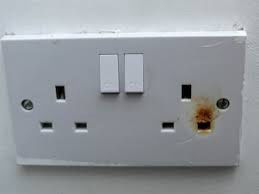
Or have you noticed brown or black marks or cracks on your power sockets or plugs?
That fishy smell could be a overheating socket, caused either by overloading or from a loose connection to the wiring hidden behind the socket.
THIS NEEDS IMMEDIATE ATTENTION !
If left unresolved, this could cause a serious house fire. Get a qualified electrician to check to find the cause and replace all damaged sockets.
Credit to: 24/7 Home Rescue
Credit to: Electric Man
Keep your loved ones safe !
Check that your parents are not still using these dangerous adapters or overloading wiring. Make sure they are not using old electric blankets whose internal wires may now be broken or do not have the kite safety mark, these need frequent replacing. Check their vacuum cleaners, kettles, teasmade, hair dryer, shavers, heaters and electric fires, do they have the old wiring, are the wires frayed, does it have the correct fuse. Is the radio or television old and using old wiring, does it have new fused safety plugs, is it sufficiently earthed?. Many old radios and televisions from the 50's were not sufficiently earthed, even the screws that held the dials in place sometimes had a dangerous charge!.
If they are not up to scratch replace them with a modern one, and destroy the old so that it cannot be retrieved and used ever again. If cost is an issue, then check out the local online sales pages such as freegle.
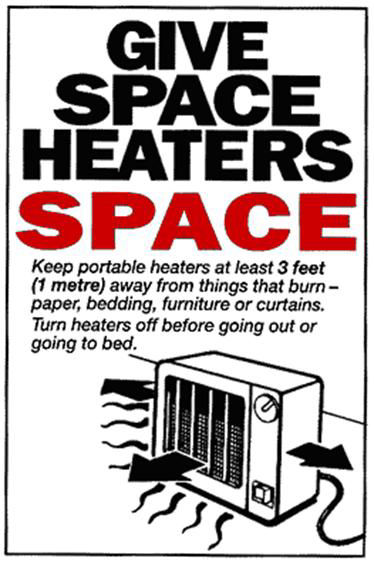
We are moving away from using the space heating choices of the past, we no longer use Parafin heaters in doors, and the use of cylinder gas fires and open element fires has reduced. Instead we tend to buy electric oil filled radiators or Halogen heaters, but these still have their dangers.
The clue is in the name !
SPACE HEATERS
they need SPACE!
Too many use them too close to furniture, curtains, bedding, clothing, wallpaper and too close to painted or laminated furniture or items put together with glue, including wooden items made with compressed wood (MDF / Chipboard) that uses glue.
Make sure these are kept at least 3 feet away from anything else !
Credit to: ABC13 Houston
SO BADLY NAMED !
Laptops should not be used on laps!
How many times do you see people using laptop computers on their knees, on their beds, on the carpet or resting on the arm of a chair?.
Laptops have cooling fans, these pull in cold air through vents which are usually underneath the base, but these fans will also pull in the fibres of clothing, furniture and carpets which then wrap around the internal parts preventing the cooling process. Using these on any form of soft surface also blocks the vent holes which causes tremendous heat build up inside, this not only damages the delicate electronics inside the laptop but can also result in a fire!
Always use a Laptop on a solid tray or surface such as a table, better still purchase a purpose built cooling tray these only cost around £15 they raise he laptop from a surface and have extra cooling fans. But frequently run the nozzle of a vacuum cleaner across the vent holes to ensure they are kept clear.
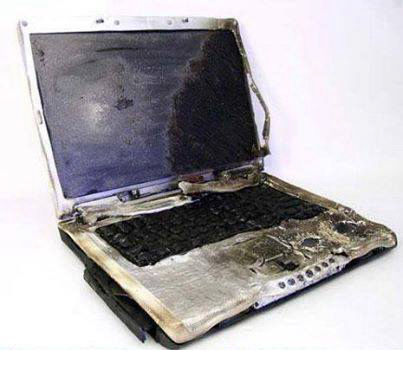
ITS NOT JUST LAPTOPS THAT CAN BE A FIRE RISK
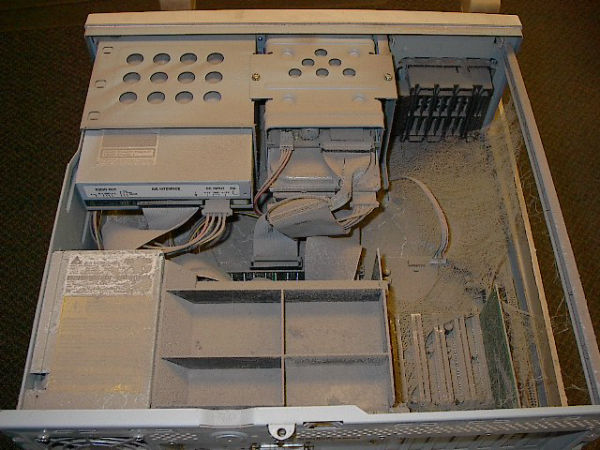
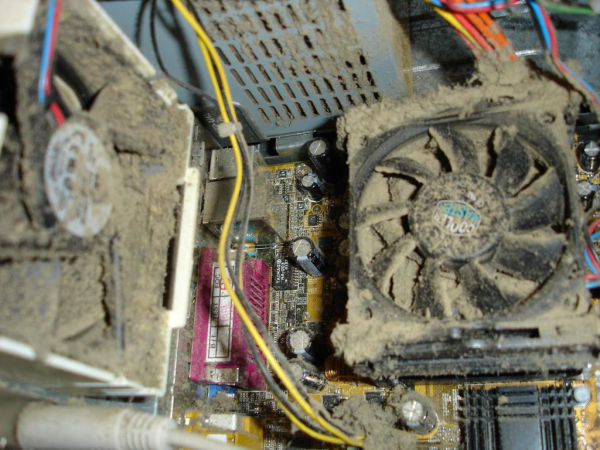
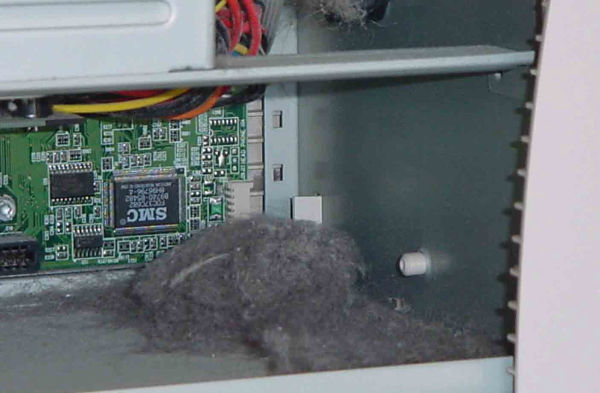
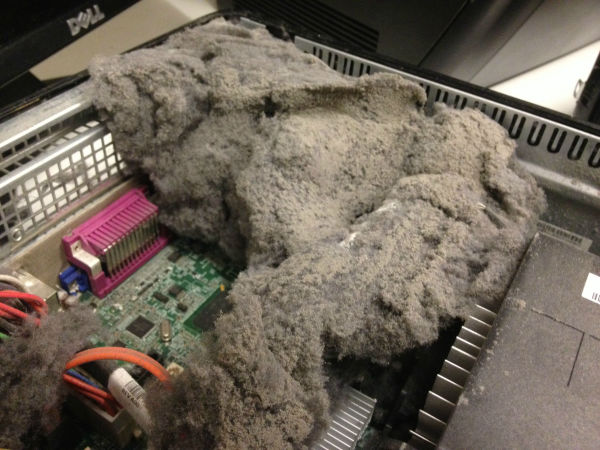
Modern electrical devices all generate extremely high working temperatures, all will have ventilation holes to help disapate the heat, and some devices such as personal computers will have additional fans inside to assist the cooling process.
DONT FRY YOUR CHIPS !
These cooling fans pull in air from outside the casing to reduce the temperature of the delicate chips and other components, but along with the air they also pull in debris, material fibres from carpets, furniture and clothing, our discarded skin cells, insects and other dust. Over time these accumulate as shown in the pictures above, covering the electronics with a blanket of dust and creating 'Dustbunnies'. This acts like a Duvet keeping away the cooling breeze of the fans and holding in the heat, temperatures can rise very quickly and due to the dryness ignite the dust causing a fire.
It is very important to ensure the ventilation holes are always kept unblocked, not only from dust but also by placing it against a wall or cupboard side, or by storing other items beside them such as books and manuals, stacks of CD's etc.
It is good practice to quickly run the vacuum cleaners nozzle over the holes each time you vacuum your room, however this does not clean out the Dustbunnies and dirt shown above. If you are competent at removing the side panel of your PC (unplug from power first!) then every few months clean out the inside of the casing. I use a soft paintbrush with the metal sleeve taped up with masking tape to lightly brush the dust from the board and from around components, I then use the vacuum cleaners nozzle to which i have taped the cardboard inner roll of a kitchen roll (DO NOT USE METAL NOZZLES!) and remove any hairs and dust.
This not only reduces risk of fire, but also prolongs the life of the devices, and in the case of a computer can make it work as intended, as if the system detects a build up of temperature it will try to correct this by reducing its performance and speed.
This also applies to devices such as Video or DVD players, Games machines, Hifi units, Surround sound Amplifiers, Radios, Analogue and older flat screen televisions.
This build up along with the heat can also be an ideal breeding area for dust mites, bed bugs and pet fleas which can lead to health problems.
ONLY CLEAN WHEN DISCONNECTED FROM THE MAINS POWER AND IF YOU ARE COMPETENT TO DO SO, OTHERWISE GET A QUALIFIED ELECTRICIAN TO DO IT FOR YOU!
Credit to: I.T. Career Questions
Credit to: CPU modder
IT'S A JOKE ISN'T IT ?
No it isn't !
We have always boiled our liquids in pans or kettles, and I bet have often heard and watched the formation of bubbles as the heat exchanges between the source and the water, often making the pan or kettle vibrate a little.
But now we have microwave ovens, and these heat water in a different way.
How many of you have heated up a cup or jug of liquid in a microwave, then thinking it hasnt reached its boiling point put it on for extra time?
Because these bubbles do not form naturally in microwave heating, it is possible to heat the water far beyond the normal boiling point without any visible signs (bubbling), this phenonemon is known as 'Super-heating'.
Has the cup or vessel ever suddenly erupted and boiled over as you pulled it out ?
If superheating occurs, any sudden movement can create the formation of those bubbles, this very sudden formation causes the liquid to explode out of the vessel. This eruption or explosion can not only scald a hand, but as we often tend to bend to look inside the oven as we retrieve it, it could cause severe scalding of the face and blinding!.
MAKE ALL YOUR FAMILY AWARE OF SUPER-HEATING !
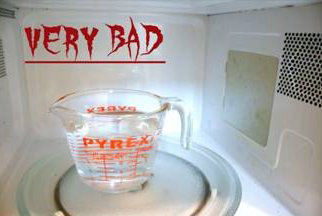
LIQUIDS CAN BE HEATED FAR BEYOND BOILING POINT WITHOUT SHOWING ANY VISIBLE SIGNS. (SUPER-HEATING).
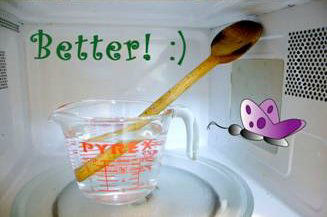
ALWAYS USE A WOODEN SPOON
This will agitate the liquid during heating allowing the heat to disperse and preventing Superheating.
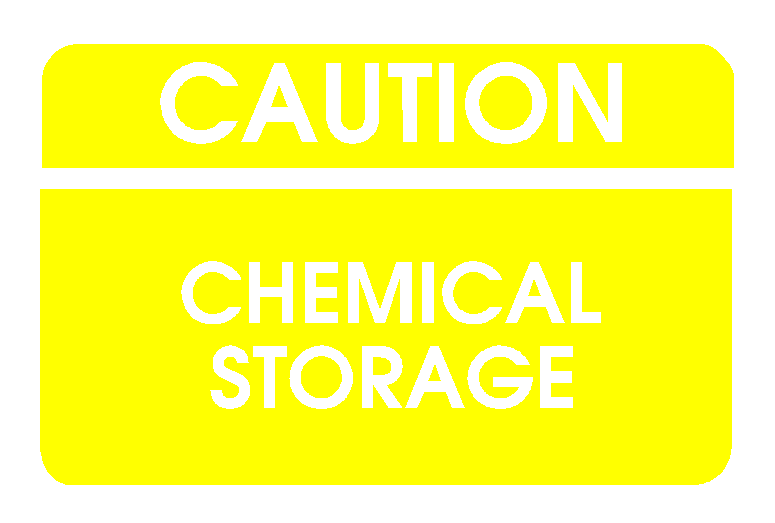
One of the biggest dangers in our homes are the wide variety of chemicals we purchase for cleaning and Do It Yourself maintenance and repairs.
How we use and store these chemicals can be deadly!
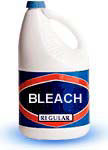
Bleach is a fantastic cleaner, not only is it cheap and kill most known germs, but it also removes stains. For this reason it is very popular and kept in most households and is often used to clean sinks and baths and toilets.
Of course there are many different Toilet Bowl Cleaners available on the market too, all containing Ammonia designed to make your toilet pan sparkle, reduce odours and smell as fresh as Daisies.
HOW MANY OF YOU USE BOTH TO GET THAT EXTRA SPARKLE ?
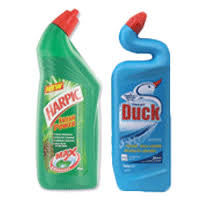
The strong fumes given off by Bleach can be very dangerous, the fumes alone can burn eyes and inflame the throat and make breathing difficult or even stop a child from breathing. If accidently drunk they can permanently damage the linings of the throat and can kill.
BUT MIXING BLEACH AND TOILET CLEANERS TOGETHER IS A GUARANTEED DISASTER !
THEY INSTANTLY GIVE OFF A LETHAL GAS !
When mixed with other cleaners bleach becomes even more dangerous. If mixed with ammonia it can release chlorine gas, which is so toxic to humans that it was used as a chemical weapon in both WW1 & WW2.
If a larger amount of bleach is mixed with a smaller amount of ammonia it will release nitrogen trichloride which is an extremely volatile explosive and is incredibly toxic to breathe.
If the solution is made with a greater amount of ammonia than bleach it will result in hydrazine. The final part of the chemical reaction that occurs in the process of creating hydrazine usually produces so much heat that it creates an explosion.
NEVER USE BLEACH WITH ANY OTHER CLEANER !
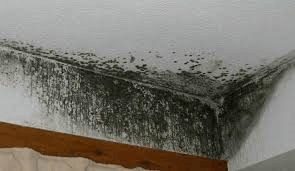
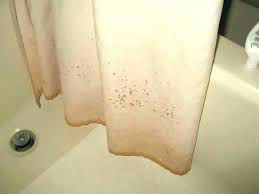
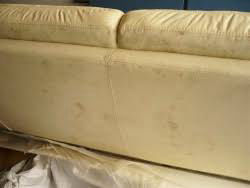
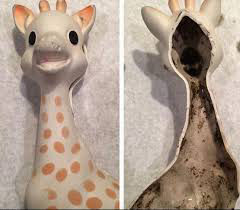
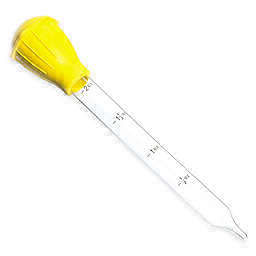
Mould can form anywhere if the conditions are right, but are more common in kitchen's and bathroom's due to the presence of steam and changes of temperature, normally forming on edges of window panes or in corners and usually in the form of the dangerous Black Mould.
If not cleaned off, it releases spores into the air which are then spread around the kitchen landing on surfaces and food. They are also inhaled and badly affect the lungs increasing the effects of Asthma or Bronchitis.
To show you how bad this is to health consider this. One cubic meter of outdoor air may contain as many as 100,000 spores. We breathe at rest a volume of air estimated at 10 litres per minute, in just one hour we inhale close to 600,000 spores.
That sounds bad enough, but the air in a mouldy environment may contain up to 1,000,000,000 spores per cubic meter of air.
About 20% of the population is allergic to mould spores. Apart from being allergenic, the spores of some mould species such as Stachybotrys contain toxic compounds called mycotoxins.
Some of the Symptoms associated with mould spores may include allergies, headaches, fatigue, running nose, sneezing, coughing, Asthma and Pneumonia. Young children, the elderly and people who are undergoing medical treatment are particularly susceptible to mould spores.
Check all your rooms thoroughly for signs of Black Mould, behind and on the rear of furniture, behind cupboards and especially behind heat generating appliances such as fridges, freezers, washing machines and tumble dryers. Check loose wallpaper and coverings, and check around air vents that could be blowing the spores around your room.
When cleaning use protection of rubber gloves and a face mask to prevent inhaling the disturbed spores. Use a cleaning product designed for killing Black Mould
If you have a meat baster as shown above, pull the rubber bulb off the pipe and take a good look closely inside, scrape around the hidden inner surface as washing with detergents does not remove mould and the dampness even after thorough cleaning actually promotes its growth. You are spreading these spores each time you use it!
Also check children's toys (seee above), especially those used in the bath, pet's toys too!
Remove shower curtains and wash on a boil wash every fortnight at least, remove any signs of mould and pay particular attention to the folded seams, clean them with a nail brush.
Credit to: Clean My Space
Credit to: ehowhealth
Credit to: Buletproof
Credit to: Sponaugle Wellness
A Webinar discussing the effects of Mould.